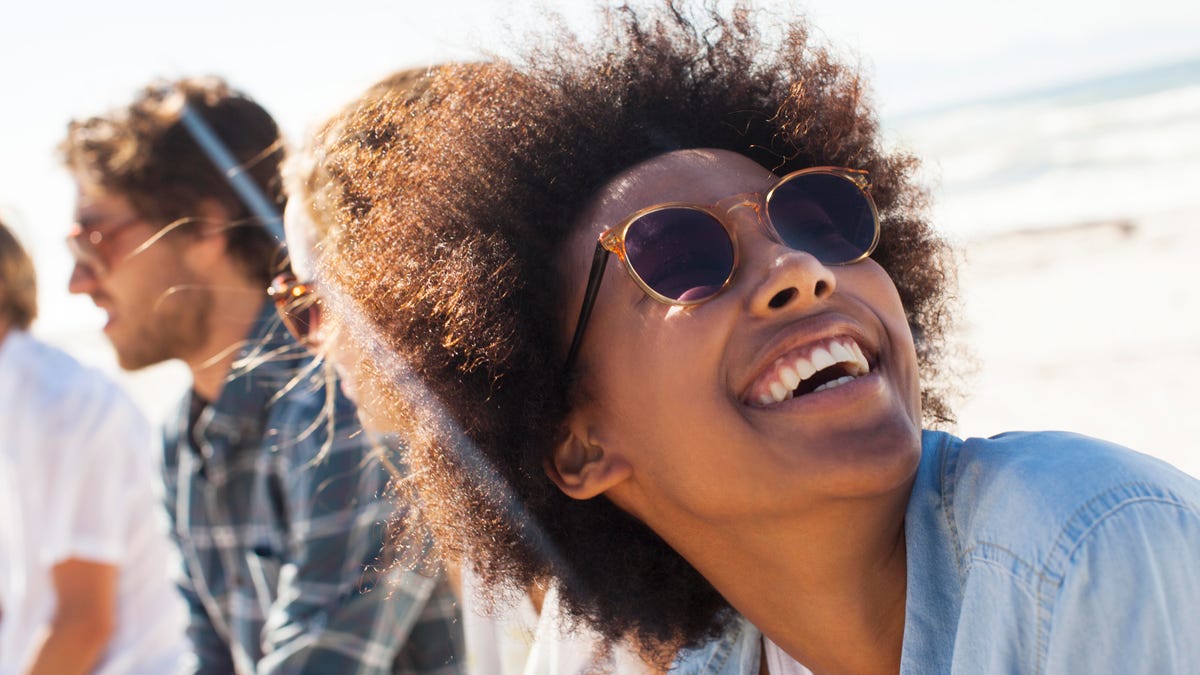
It’s summer, and your eyes deserve a little time in the limelight before you head out into the sunlight. Protecting your eyes from everyday wear and the environment may not be at the top of your list of preventative health care concerns. However, prolonged exposure to sunlight can permanently damage your eyes, according to the American Academy of Ophthalmology.
Best practices for eye health go beyond throwing on whatever pair of shades you have in your car before you head to the beach or go out hiking. There are different parts of the eye that should be considered, from the fragile skin around your eye to the parts that relay information to your brain. Below, we lay out what can happen when you neglect your eyes, and a few precautions to take on behalf of your precious peepers.
Eye protection 101
Although some exposure to sunlight is healthy and can aid in your body’s vitamin D production, eyes are a sensitive body part and leaving them unprotected for too long can expose them to damaging UV rays, resulting in short- and long-term effects.
UV or ultraviolet radiation is defined by the Centers for Disease Control and Prevention as “a form of non-ionizing radiation that is emitted by the sun and artificial sources, such as tanning beds.” (The CDC classifies three wave types — UVA, UVB and UVC. UVC rays are absorbed by the ozone layer, the agency says, so UVA and UVB rays are the main types to worry about for your skin and eyes.)
Dr. William T. Reynolds, president of the American Optometric Association, told CNET in 2021 that choosing sunglasses with UV protection (UVA and UVB) is most important. You should wear sunglasses “when outside, whether driving, at the beach, and even on overcast days,” according to Reynolds.
Reynolds says you should choose sunglasses that block out 99 to 100% of UVA and UVB radiation and screen out 76 to 90% of visible light (the light that actually reaches your eye). Also, find lenses that are “matched in color and free of distortion and imperfection,” and look for lenses that are gray, as this shade allows for proper color recognition. According to the AOA guidance on sunglass protection, a gray tint on sunglasses can also make it easier to see while driving.
“The more time spent outdoors in bright sunlight, the more people should consider wraparound frames to shield the eyes,” Reynolds said. “Additionally, use sunscreen around your eyes, and wear a hat or visor in addition to sunglasses to improve protection.” UV rays can also damage the skin of the eyelid, he says.
For those who wear corrective glasses, Reynolds says that prescription glasses can be made with UV protection and tints. “Some soft contact lenses offer UV protection as well, which helps when you aren’t wearing sunglasses, or when sunglasses don’t provide adequate protection from the side or behind,” he added.
Wearing a hat in combination with sunglasses and sunscreen offers additional protection for the area around your eyes.
How the sun can damage your eyes
“The sun’s UV rays can damage the skin of the eyelid as well as the cornea, lens and other parts of the eye,” Reynolds said. “Even short-term, excessive exposure during a day at the beach could lead to photokeratitis.” Photokeratitis or “snow blindness” may also be referred to as “sunburn of the eye” because that’s essentially what happens to the corneas (outer lens) of your eyes, according to the Cleveland Clinic. Besides direct sunlight, snow blindness can occur when UVA and UVB rays are reflected from snow, ice, water, sand or even cement and damage the eye, per the Clinic.
Reynolds says that some warning signs of overexposure and short-term effects are “red or itchy eyes, pain, light sensitivity, swollen eyes or a gritty sensation” in the eyes. Although photokeratitis is usually temporary, according to the AOA, more serious damage can be done to the eyes with prolonged exposure.
“Over the long term, when the eyes are exposed to solar radiation, the greater the risk of developing cataracts, eye cancer, pterygium (surfer’s eye) or macular degeneration later in life,” Reynolds said.
Surfer’s eye causes abnormal tissue to grow on the conjunctiva (membrane) of the eye, according to the AOA, sometimes leading to blurred vision or irritation. Meanwhile, macular degeneration is the “leading cause of severe vision loss in adults over age 50,” according to the AOA, leading to central vision loss. Like macular degeneration, cataracts are commonly associated with advanced age, and can lead to blurred vision and increased light sensitivity, among other symptoms, according to the AOA.
Sun damage is no fun no matter what body part it’s affecting. It’s possible to have a safe summer soaking up the rays while keeping your eyes safe and healthy.
